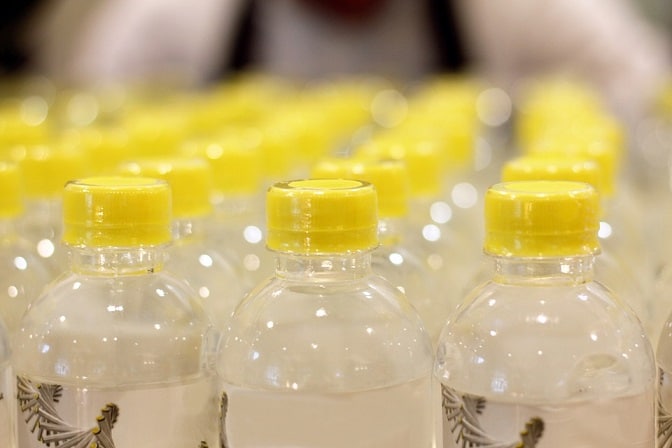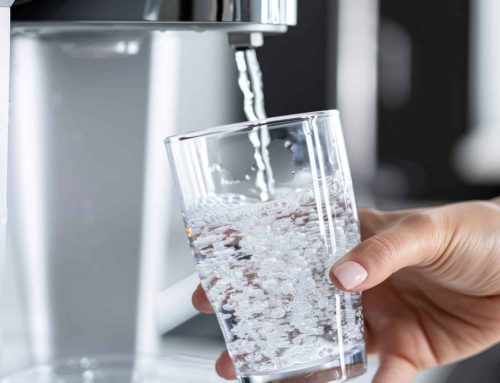We all hear a lot about dehydration, but exactly what is dehydration? According to the Encarta Dictionary, dehydration is A lack of water in the body resulting from inadequate intake of fluids or excessive loss through sweating, vomiting, or diarrhoea.
Being dehydrated means that your body does not contain as much water as it requires. This is quantified as a 1% or greater loss of body weight as a result of fluid loss, and can result from losing too much fluid via sweating, vomiting or diarrhoea or simply insufficient consumption of water.
The normal daily turnover of water is around 4% of total body weight in adults and 15% of total body weight in infants, without perspiration. When one perspires due to warm weather or physical exercise or work, it is more.
This daily loss of liquid equals:
- Approximately 2 to 3 litres of fluid per day in a 70kg adult
- Approximately 1 litre of fluid per day in a 7kg infant
Dehydration is classified as mild, moderate or severe – based on how much fluid is lost or not replenished.
Detrimental effects on physical and cognitive performance are proportional to the degree of dehydration, and are highly meaningful at a mere 2% dehydration for all mental functions such as arithmetic efficiency, short-term memory, visuo-motor tracking, motor speed and attention-span.
Your urine is a great indicator of your hydration levels; the darker it is the more dehydrated you are. A Dr Lawrence Armstrong published the first validated urine colour chart in 1994 in an attempt to simplify urine analysis. The eight-colour chart ranges from pale straw-coloured yellow through to a brownish-green colour and makes determining your hydration status very easy.
According to the chart, if your urine matches 1 (straw) to 3 on the chart, you are sufficiently hydrated and conversely, if your urine colour matches number 7 or 8, you are dehydrated and need to get some water into your body urgently.
Get bottled water coolers and mains water coolers from Living-Water.






